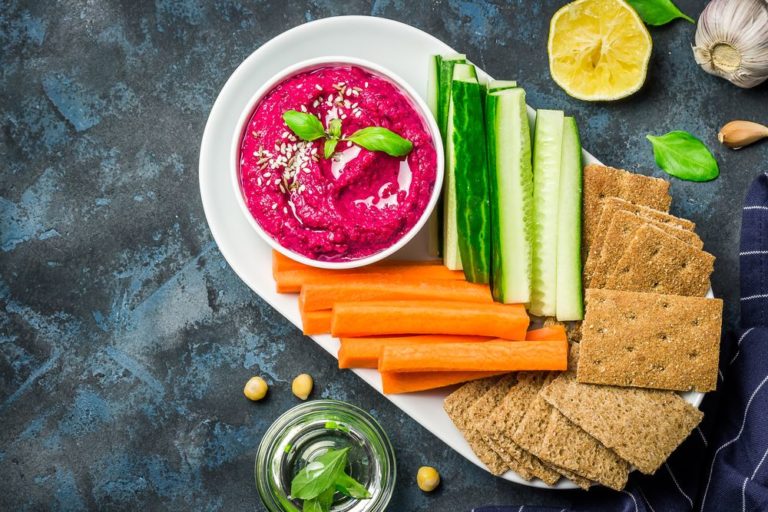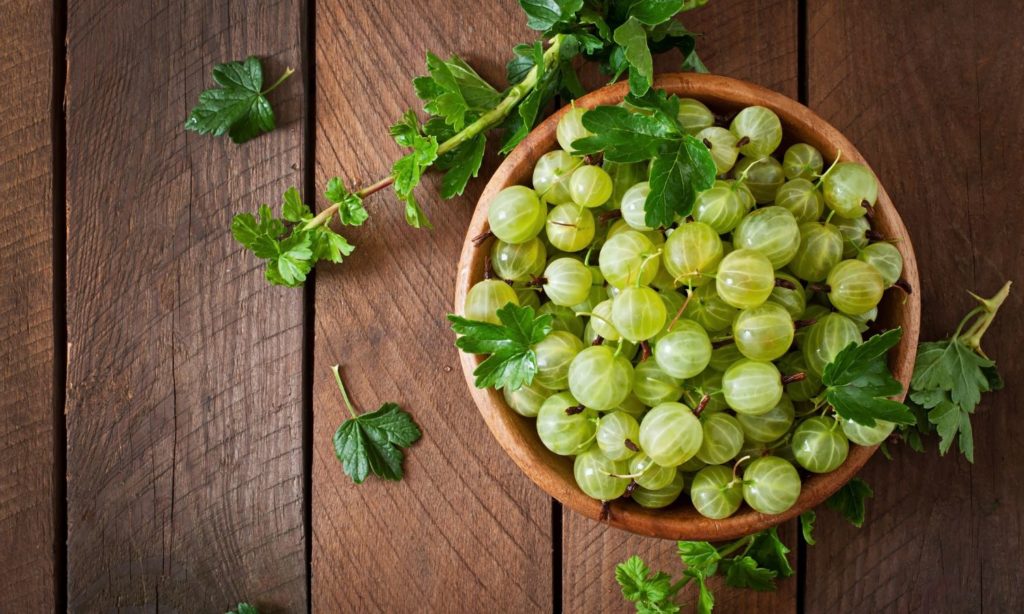- General
- Updated on June 19, 2025
What Makes India’s Regional Superfoods the Ultimate Nutritional Powerhouses?

Across India’s diverse landscapes—from the Himalayan foothills to the coastal plains—local communities have long relied on indigenous superfoods for sustenance and health. These regional powerhouses pack an impressive array of vitamins, minerals, antioxidants, and other bioactive compounds that modern science is only beginning to fully appreciate. By exploring a handful of India’s nutritional gems, you’ll discover how time-tested ingredients can elevate your diet and well-being.
The Rise of Superfoods in Indian Cuisine
The term “superfood” denotes foods exceptionally rich in nutrients and associated with health benefits such as improved immunity, enhanced energy, and protection against chronic diseases. In India, many traditional staples—once dismissed as rustic or “poverty foods”—have regained prominence as nutritional marvels. As global interest in plant-based and functional foods grows, these indigenous ingredients are now celebrated on menus and in research labs alike.
Why Local Matters
Buying regionally sourced superfoods supports local farmers, reduces carbon footprint, and ensures peak freshness and potency. Many of these crops are also naturally resilient to local pests and climate variations, making them more sustainable than imported “exotic” superfoods.
Finger Millet (Ragi): The Ancient Grain of Southern India
Finger millet, locally known as ragi, has nourished communities in Karnataka, Tamil Nadu, and Kerala for centuries. Its tiny, dark grains conceal a treasure trove of nutrients.
Nutritional Profile and Benefits
Ragi boasts higher calcium content than most cereals, delivering approximately 350 mg per 100 g serving, which supports bone health. It’s also rich in iron, essential amino acids like methionine, and resistant starches that improve gut microbiota and moderate blood sugar levels—making it ideal for diabetics.
Culinary Uses
Traditionally ground into flour for rotis and dosas, ragi also appears in porridges (ragi malt), cookies, and even malt-based beverages. Its mild, nutty flavor adapts well to both sweet and savory preparations.
Indian Gooseberry (Amla): The Sour Powerhouse of Wellness
Amla occupies a revered place in Ayurveda as a cooling, rejuvenating fruit that balances all three doshas. Available across India, its seasonal harvests furnish kitchen pantries and apothecaries.

Potent Antioxidant Activity
Amla is one of the richest natural sources of vitamin C—up to 600 mg per fruit—and contains polyphenols that scavenge free radicals, slow aging, and support immune function. Studies also link amla consumption to reduced cholesterol and improved liver detoxification.
Incorporation into Diet
Fresh amla can be eaten raw with a sprinkle of salt and chili powder. More commonly, it is transformed into pickles, murabbas (sweet preserves), juices, and powdered supplements. Amla oil—made by infusing the fruit in sesame or coconut oil—is prized for hair health.
Moringa: The “Drumstick Tree” from Eastern India
Native to the sub-Himalayan regions of Bihar and Uttar Pradesh, moringa leaves and pods (drumsticks) offer a robust nutritional profile in a quick-growing tree.
Comprehensive Nutrient Spectrum
Moringa leaves contain all nine essential amino acids, making them a rare plant-based complete protein source. They are also rich in vitamins A, C, and E, iron, calcium, and chlorophyll. Clinical research highlights moringa’s anti-inflammatory properties, potential to lower blood sugar, and support for cognitive function.
Everyday Applications
Fresh moringa leaves can be added to soups, dals, and stir-fries, while dried leaf powder serves as a supplement in smoothies, teas, and baked goods. Drumsticks are typically simmered in curries or soups, releasing nutrients into the broth.
Amaranth (Rajgira): A Versatile Pseudocereal of North India
Amaranth, or rajgira, plays a historic role in fasting-day dishes across northern states like Uttar Pradesh and Bihar. Recognized for its gluten-free nature, it is gaining traction among health-conscious consumers.
Protein and Mineral Richness
This pseudocereal delivers 13–14% protein by weight—higher than most true cereals—and is particularly rich in lysine, an amino acid often lacking in grain-based diets. Amaranth also provides magnesium, manganese, and phosphorus, supporting muscle function and bone health.
Cooking Techniques
Puffed amaranth makes traditional laddoos, while whole grains can be cooked into porridge or ground into flour for flatbreads. Amaranth leaves—available in many regions—offer similar nutrient density when used like spinach.
Kokum and Garcinia: The Sour Gems of the Western Ghats
Hailing from Maharashtra and Goa’s Western Ghats, kokum (Garcinia indica) adds tang to coastal curries and drinks, pairing flavor with health benefits.
Anti-Obesity and Digestive Support
Research on bitter acids in Garcinia species suggests inhibitory effects on fat-synthesizing enzymes, potentially supporting weight management. Kokum also contains hydroxycitric acid (HCA) and polyphenols that promote healthy digestion and reduce inflammation.
Culinary and Therapeutic Use
Kokum rind is soaked to make amli (a souring agent), used in fish curries, sol kadhi (a cooling coconut and kokum drink), and as an appetite stimulant. Dried kernel butter, known as kokum butter, serves both culinary and cosmetic purposes.
Sattu and Barley: Energy Reserves of Northern India
Sattu—roasted gram flour blended with barley—is a staple in Bihar and parts of Uttar Pradesh, prized for its cooling, energizing properties during hot summers.
Complex Carbohydrates for Sustained Energy
This coarse flour combines chickpea and barley flours, offering a balanced ratio of complex carbs and plant proteins. It’s low-glycemic, delivering steady energy and aiding in post-exercise recovery.
Popular Preparations
Sattu sherbet—mixed with water, spices, and lemon—is a refreshing drink, while stuffed parathas provide a hearty meal. The powder also serves as a gluten-free thickener in soups and dips.
Incorporating Regional Superfoods into Your Diet
Boosting nutritional intake is easier when you know how to integrate these ingredients into modern meals.
Simple Swaps and Additions
- Replace half your regular flour with ragi or amaranth flour in pancakes and bread.
- Stir a teaspoon of moringa or amla powder into your morning smoothie or herbal tea.
- Use sattu as a protein boost in yogurt-based raitas or savory dall soups.
Balancing Traditional and Contemporary Cuisine
Pair ancient grains with global flavors—ragi grain bowls with roasted vegetables and tahini dressing, or amaranth risotto infused with local spices. Such fusions maintain authenticity while appealing to diverse palates.
Read Also : The Healing Effects of Yoga on Mental Health: A Path to Inner Peace
Conclusion
India’s regional superfoods are nutritional powerhouses that combine centuries of traditional wisdom with compelling modern research. From the protein-rich greens of moringa to the antioxidant-packed fruits of amla and kokum, these ingredients offer targeted health benefits and boundless culinary versatility. By embracing local, seasonal, and sustainable options like ragi, sattu, and amaranth, you support both your well-being and the communities that cultivate these treasures. Incorporate these superfoods into your routine and experience the vibrant health advantages they’ve delivered to Indian tables for generations.
Join the discussion
Related Articles
No results available
ResetTrending Articles


- General
- Updated on June 19, 2025


- General
- Updated on June 17, 2025


- General
- Updated on June 16, 2025


- General
- Updated on June 14, 2025


- General
- Updated on June 13, 2025


- General
- Updated on June 12, 2025


- General
- Updated on May 8, 2025


- Sports
- Updated on May 6, 2025


- General
- Updated on May 2, 2025


- Tourism
- Updated on April 30, 2025
No results available
Reset


